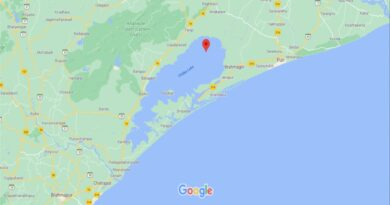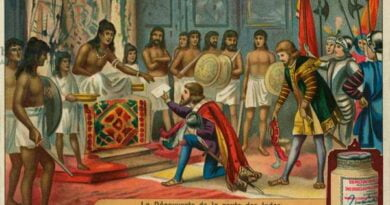Kanya Shiksha Pravesh Utsav
Context:
Recently, the government launched a nation-wide campaign called Kanya Shiksha Pravesh Utsav on the eve of the International Women’s Day (8th March).
Kanya Shiksha Pravesh Utsav:
- Launched by the Women and Child Development Ministry in partnership with the Education Ministry.
- This scheme will fulfil the target of Right To Education act that says to bring out-of-school girls back to the education system.
- The project aims to work on a complete system for out-of-school girls by building on existing schemes and programmes such as Schemes for Adolescent Girls (SAG), BetiBachaoBetiPadhao (BBBP), and National Education Policy (NEP).
- While female enrolment has increased rapidly since the 1990s, there is still a substantial gap in upper primary and secondary schooling.
- High drop-out rates: Increased female enrolment is, compromised by persistently high rates of drop-out and poor attendance of girls relative to boys.
- Girls also constitute a large proportion of out-of-school children.
- There are also considerable inter-state variations in gender parity.
- Thus this campaign will be implemented as part of the BBBP project, with the primary beneficiaries being over 4,00,000 out-of-school adolescent girls.
- Over 400 districts across all states will be funded under the Beti Bachao Beti Padhao Scheme for grassroots level outreach and awareness generation to sensitise communities and families to enrol adolescent girls in schools.
- Further, funding from Samagra Shiksha Abhiyan, and Anganwadi workers (AWWs) will be further incentivised for counseling and referring out of school adolescent girls.
- While the greatest surges in female enrolment have been achieved in the most educationally disadvantaged states such as Bihar and Rajasthan, these states still have a long way to go to catch up with the better performing states of Kerala, Tamil Nadu and Himachal Pradesh.
- Some studies suggest that girls are over-represented in the government schools, demonstrating continuing son preference where boys (highlighted in economic survey 2018) are educated in private and better schools which are of (perceived) better quality.
Issues in women education:
Gap in upper primary and secondary schooling: While female enrolment has increased rapidly since the 1990s, there is still a substantial gap in upper primary and secondary schooling.
High drop-out rates: Increased female enrolment is, compromised by persistently high rates of drop-out and poor attendance of girls relative to boys. Girls also constitute a large proportion of out-of-school children.
Inter-state variations: There are also considerable inter-state variations in gender parity. While the greatest surges in female enrolment have been achieved in the most educationally disadvantaged states such as Bihar and Rajasthan, these states still have a long way to go to catch up with the better performing states of Kerala, Tamil Nadu and Himachal Pradesh.
Son preference: Some studies suggest that girls are over-represented in the government schools, demonstrating continuing son preference where boys (highlighted in economic survey 2018) are educated in private and better schools which are of (perceived) better quality.
Various government efforts towards women education in India:
Beti Bachao, Beti Padhao scheme: It aims to generate awareness and also improve the efficiency of welfare services for the girl child. The initial aim of the campaign was to address the declining child sex ratio but it also include propagating education, survival and protection of the girl child.
Digital Gender Atlas: Ministry of Human Resource Development has prepared a digital gender atlas for advancing girls’ education in India.
National Scheme of Incentive to Girls for Secondary Education (NSIGSE): The objective of the scheme is to establish an enabling environment to reduce the drop outs and to promote the enrolment of girl children in secondary schools.
Sarva Shiksha Abhiyan: In order to ensure greater participation of girls in elementary education, Sarva Shiksha Abhiyan has targeted interventions for girls which include opening of schools, appointment of additional women teachers, separate toilets for girls, teachers’ sensitisation programmes etc. In addition, Kasturba Gandhi Balika Vidyalayas has been opened in Educationally Backward Blocks (EBBs).
Rashtriya Madhyamik Shiksha Abhiyan (RMSA): It envisages enhancing the quality of education by providing a secondary school within a reasonable distance of every habitation, improving quality of education imparted at secondary level, removal of gender, socio-economic and disability barriers.
Udaan: CBSE has launched ‘Udaan’ to provide free online resources to girl students of Class XI and Class XII for preparation. The special focus of the scheme is to address the low enrolment ratio of girl students in prestigious institutions.
STEM education: To increase the participation of women in STEM education, supernumerary seats have been created in the IITs and NITs.
Source: Times of India
You can find many articles on ROLE OF WOMEN (part of GS I) in our website. Go through these articles share with your friends and post your views in comment section.



